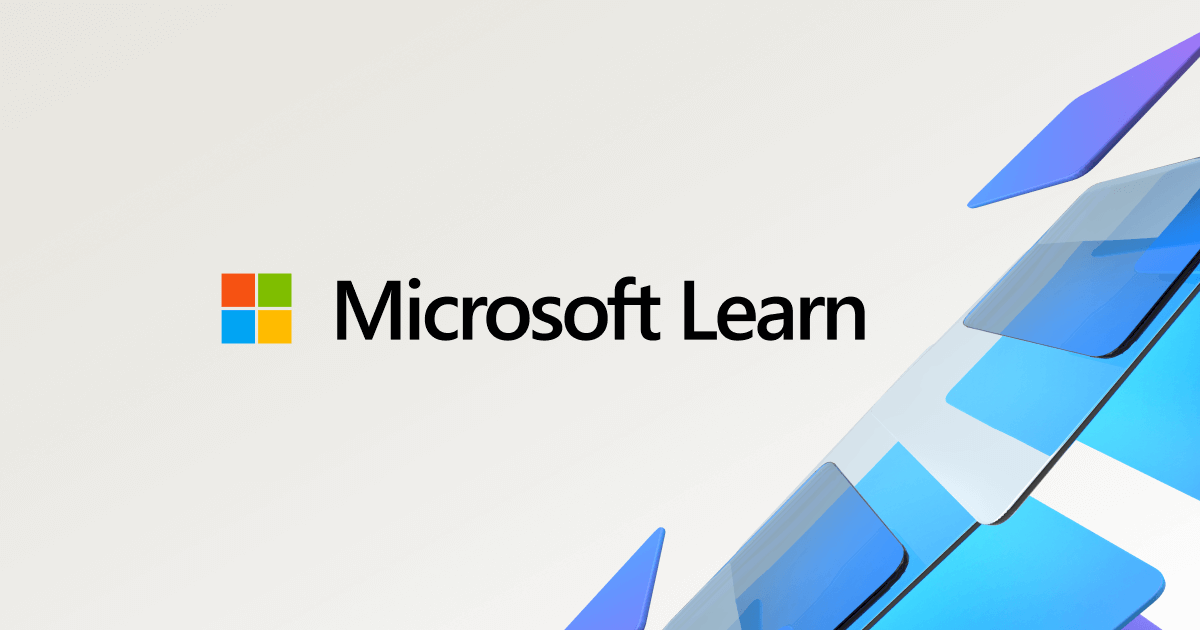No, the important thing is to find a way of asynchronous communication between the database server and individual workstations, a system to alert workstations when something happens to the data.
Even how the data is processed isn't important; each workstation could react differently
Well, at some fundamental level, actually it does matter.
Since if it did not, then you would not be asking this question, would you? In other words, a big reason exists for this goal – and that goal is 100% centered on some data being changed. As I stated, if it did not matter, then you would not have a question nor goal here, would you?
So, yes, it HAS to matter!
Now, having stated the above, and assuming you analyzed the workflow and requirements here?
You could build such a system, but SQL server out of the box does not have this ability. However, SQL stored procedures can be T-SQL code, or you can call/run .net code in place of a T-SQL stored procedures.
For developers that don’t like t-sql, or you need more complex code? Then writing SQL stored procedures in .net code is often a really great solution. And this means .net opens up the .net framework to SQL server.
So, things like ensuring additional ports are not blocked by the server running SQL server (or your company network – often those new hardware “security” switches block ports).
And this solution would mean hosted SQL server options are off the table (since you would have to setup and install some .net code on that server – and open additional ports).
And on the Access side?
You would still need to build some moving parts. Either using VBA + win sockets, or have VBA call some .net code (that allows VBA to “sink” events from .net class into VBA – it’s not hard to do this if you comfortable building .net code and consuming it from Access). I write and use .net code from MS-Access near every day - and we moved a lot of our VBA code out into a .net business object so both the web site, and MS-Access can share the same complex code base).
And on the Access side?
Any un-handled error going to blow out that global object (that’s setup to trigger events when data is received from the server). So, you have to setup startup code in Access to setup that network socket and setup events that trigger VBA code.
All of the above is possible. And thus this would depend on how comfortable you are with .net, and consuming .net code from Access.
On the other hand, a simple hidden form with a timer on startup would also do the trick here, and in fact, it would work for any type of database or server you are using – even hosted ones.
You, or your users would not even care or have to know about this hidden form – and it’s existence would not effect the general operation of your existing application now.
So, once again, if the goal is a message or notification - why do you actually care how this goal is achieved?
Either road going to require moving parts in the Access client side of things.
So, SQL server is a database engine and system – it’s not designed for push notifications. But, as noted, such a setup is possible if you were willing to write and setup .net code on both ends.
R
Albert

